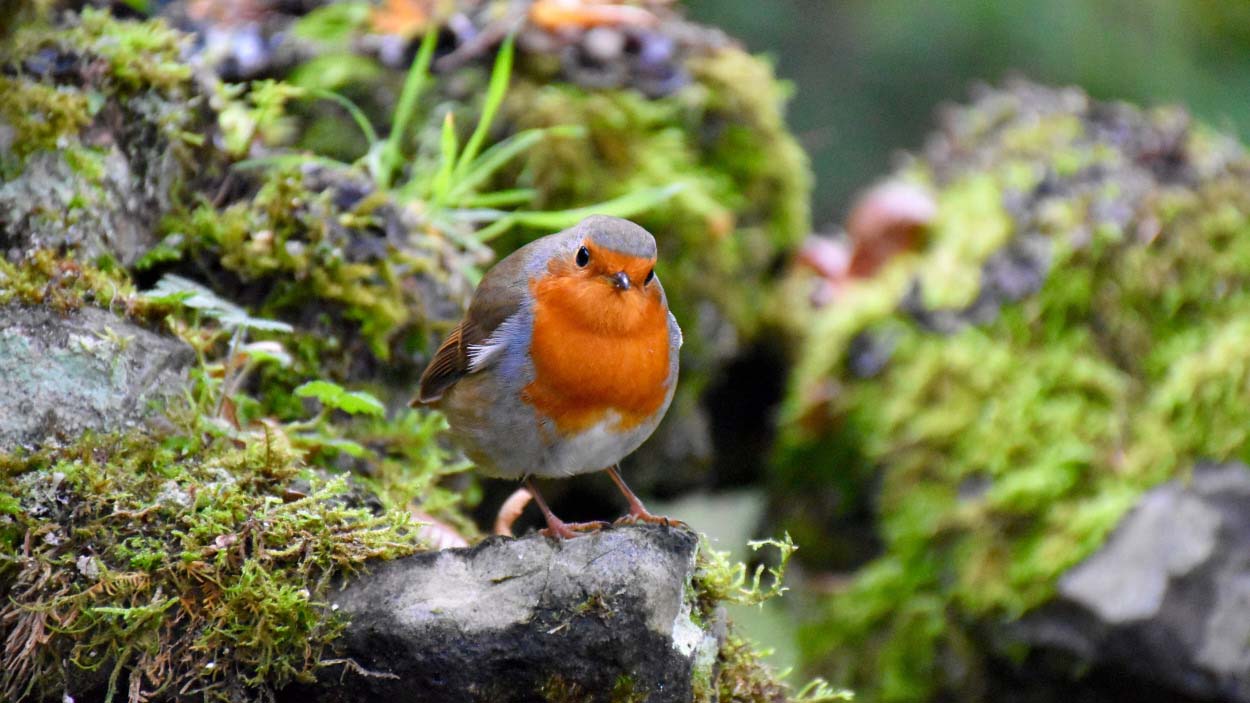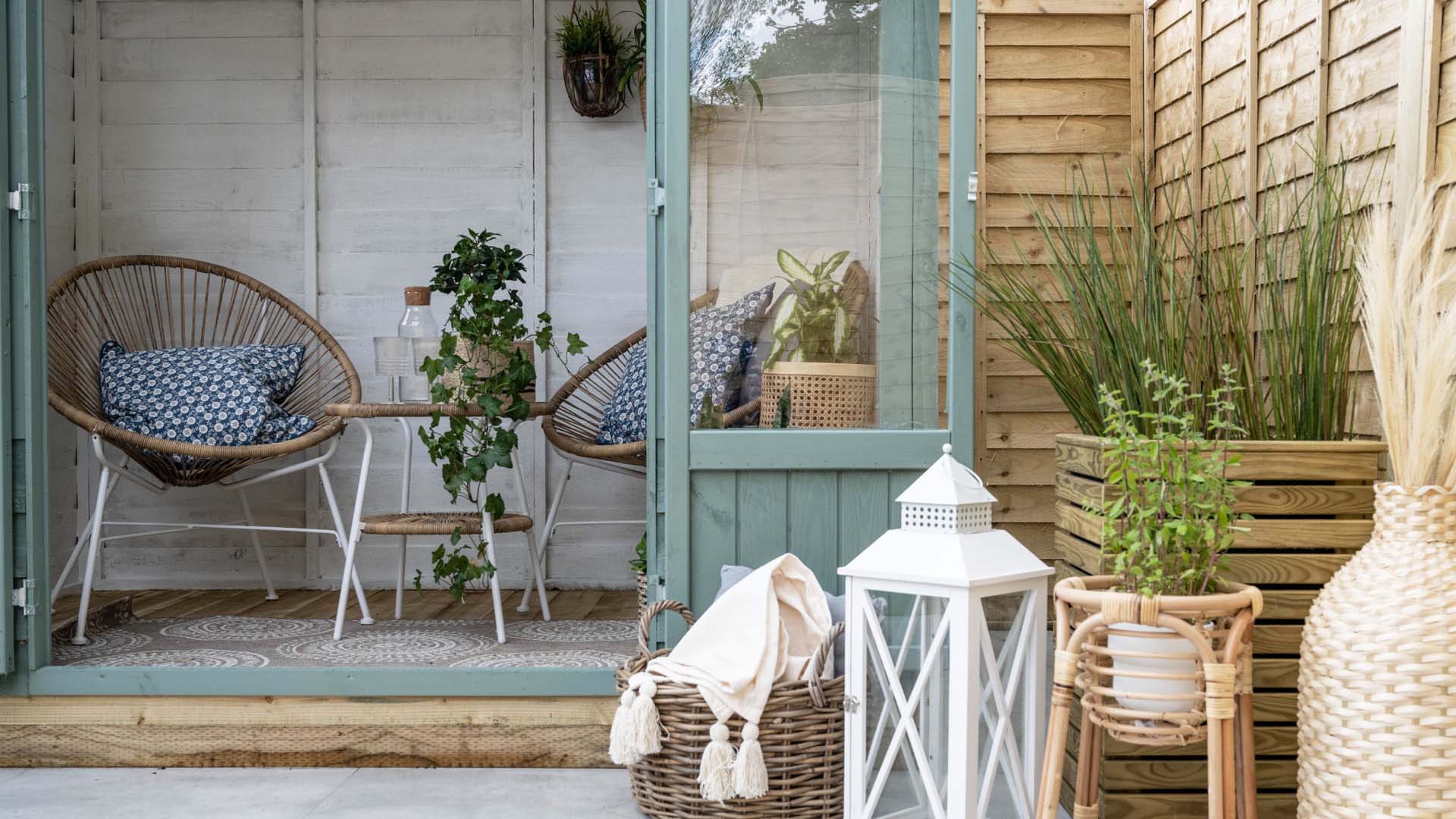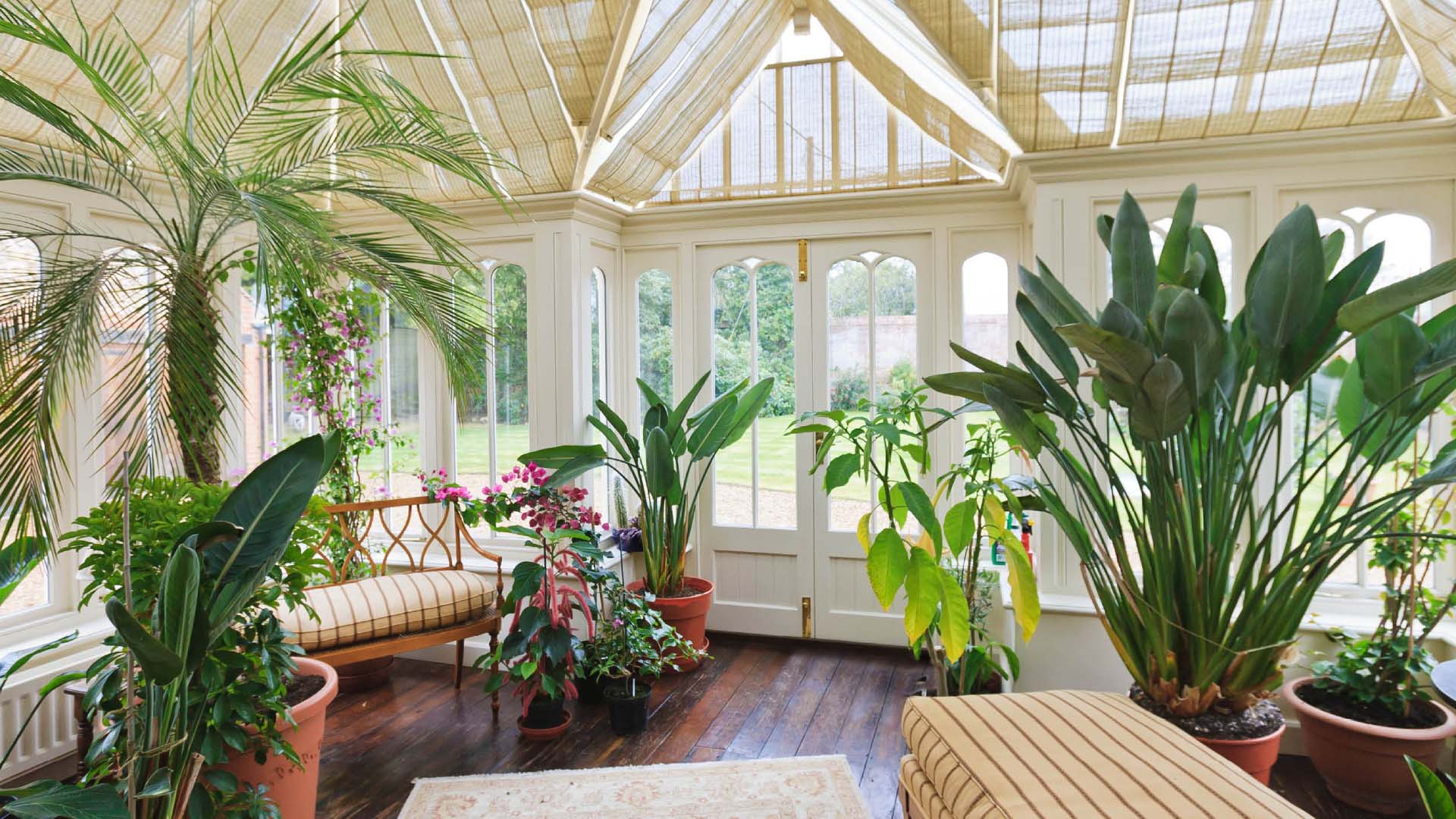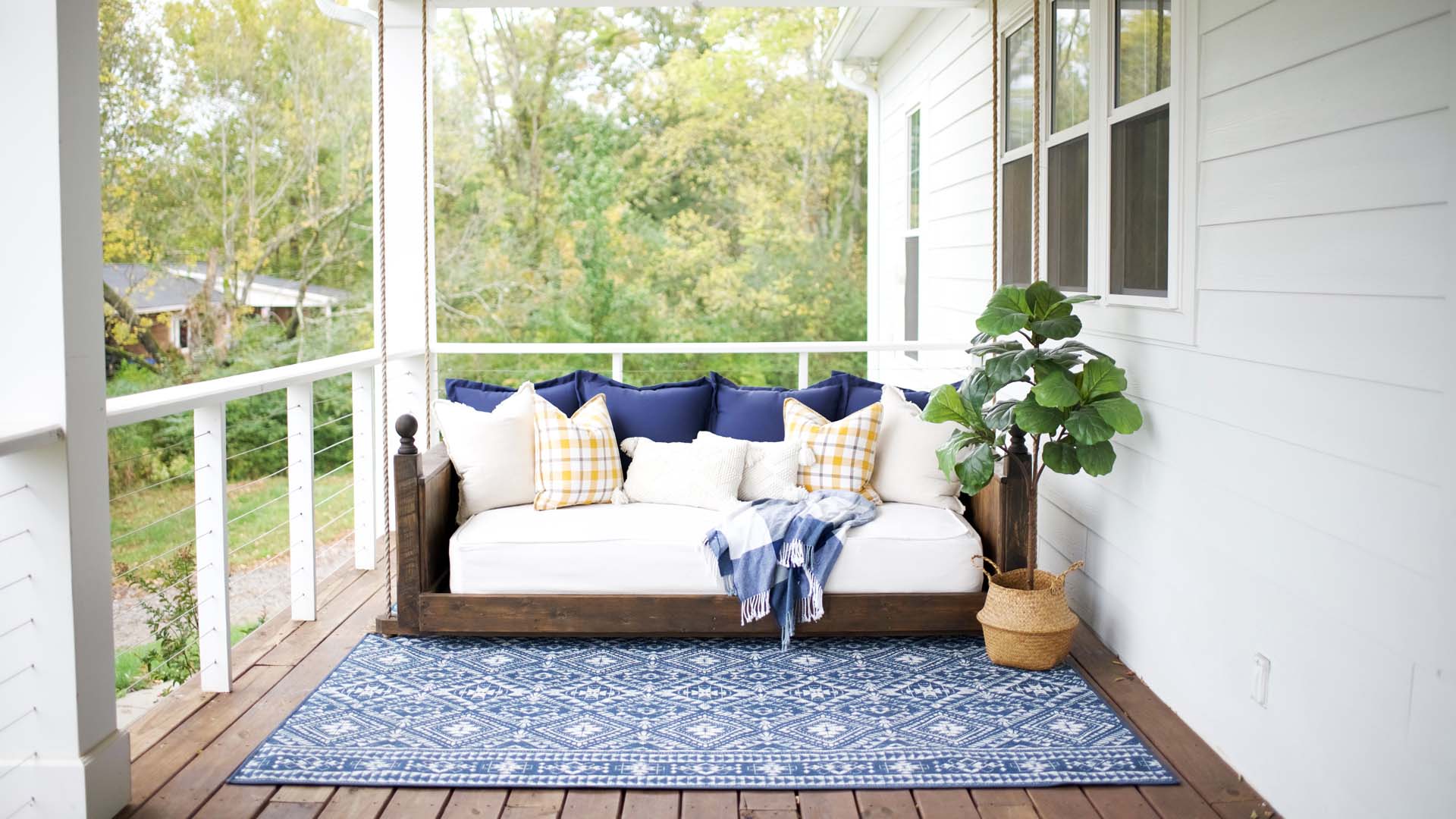
Nothing says, ‘I’m thinking of you’ quite like giving someone a bunch of flowers. Flowers have been able to communicate what we so often cannot put into words with their colours, shapes and scents, for as long as we can remember. And our beloved bouquets are big business too, especially on major calendar dates such as Valentine’s Day.
A predicted £1.5bn will be spent on Valentines Day in the UK in 2025, by 28.5 million of us spending an average of £52 each on flowers, gifts and eating out.
The British Florist Association (BFA) says its the busiest time of year for their members, saying approximately 250 million stems will be sold globally to mark the occasion (with roses alone making up a third of this).
From the coffee we drink to the holidays we go on, making more eco-friendly choices is becoming second nature for many of us. And it seems we’re keen to choose more sustainable flowers too.

“We’ve noticed a change in consumer demand, which is something that we track with our Insights team,” says John Hackett, CEO of Arena Flowers (an ethical flowers business, which has been accredited by the Ethical Company Index for 15 years).
“People are asking more about removing single-use plastics, the provenance of products and fundamentally, they want to know that when they treat themselves or someone they care about, the products aren’t doing harm to the environment.”
“People are asking more about removing single-use plastics"
From zero-waste to carbon-neutral, there’s a lot of sustainable jargon to digest when making any purchase.
So, if you’re keen to say it with flowers, but don’t want your blooms to add to environmental gloom, try making these simple, sustainable switches.

There are companies that specialise in dried flowers, such as Amaranté London. CEO and founder Kay Sheera was keen to preserve fragile flowers to improve their sustainability, and has created a collection sourced from a Fairtrade farm in Ecuador. The company uses natural preservation to capture each rose at the height of its beauty.
Of course, anyone can dry a bouquet they’ve been gifted – whether that’s for the blooms to be on decorative display, pressed in a book or within framed glass. Here’s a tutorial to get you started at home.
A typical bouquet from a supermarket is often wrapped in cellophane with tape and comes with a plastic sachet of plant food. However, Sainsbury’s was the first major supermarket to switch to paper packaging back in 2019.
The industry is moving in the right direction with eco-friendly packaging, so if you’re visiting a local florist or shopping online, check how they are wrapping their bouquets. The BFA told us:
“Most professional florists are now using a special cellophane, which is biodegradable, and craft paper”
Be aware that many councils won't accept biodegradable plastics in recycling or garden waste bins, so paper is a better choice if you can.
Online florists, such as Bloom & Wild, have long been championing flower delivery in cardboard boxes that fit through the letterbox. These can then be popped into the recycling.

Arena found a novel way to repurpose the large amount of green waste that is inevitably produced in flower production.
“We continue to collect and segregate our green waste, but now it is sent to a paper mill and mixed with recycled fibres to create the paper which we wrap all our products in,” says Hackett.
“The paper is entirely compostable, and so this world-first closed-loop system removes pressure on landfill, reduces the number of recycled fibres used in the paper production process, and is a beautiful solution.”
As well as packaging, keep an eye on delivery methods, as some florists will use electric vehicles or bikes. Of course, nothing beats walking to your local florist and hand-delivering flowers to keep your carbon footprint down.
Whether you’re streaming the latest TV series or trying new wines – subscriptions are useful for managing our finances while indulging our interests.
Choosing to gift a flower delivery subscription for someone you care for, rather than buying a bunch when the time calls for it, can have a positive impact on the growing environment, using flowers grown seasonally, rather than adding to the push for certain blooms throughout the year.

“A subscription will provide them with a regular, glorious display of seasonal stems that doesn’t place that increased stress on a supply chain that is already under pressure in the current global market,” says Hackett.
“A grower produces a number of stems from their land on a regular basis, but for high demand periods, like Valentine’s Day and Mother’s Day, they halt regular growing in order to make room to meet the demand."
“That means they lose production and trading time for several weeks both before and after these peak periods, which creates a price increase throughout the entire supply chain.”
The UK fresh cut flower and indoor plant market is worth around £2.2 billion at retail level, according to the Flowers & Plants Association. And in 2019, a whopping 90% of the cut flowers we purchased were imported, according to Marketing Donut.
Most roses need a warm climate to grow, the BFA told us, with Colombia and Ecuador being two countries that produce beautiful roses.

“However, the Netherlands is where most of our floral products come from,” they say, “and the use of British flowers there is growing every year.”
Florists will be able to source seasonal flowers for their blooms (with a seasonal, British-grown flowers for every month of the year guide highlighting which is most-used and when), but what about when we want roses in February?
Many companies work with Fairtrade farmers abroad to ensure ethical standards.
“There’s an independence to the rigour with which Fairtrade certifies suppliers,” says Hackett. “Combined with branding, it makes it easier for consumers to know that when they’re buying a product... they’re not exploiting others.
“We’ve seen the value of Fairtrade on farms in Africa, with the introduction of gender committees, worker representation committees and specific projects that enable schooling, maternity hospitals and local infrastructure projects to be developed.”
There's a whole world of meaningful plants that are a long-lasting alternative to sustainable flowers. If you're looking specifically for Valentine’s gifts to grow – outliving a cut bouquet – then Kew has put together this selection of romantic plants that’ll set hearts racing.

Potted peace lilies are a popular gift for a range of occasions, while some people buy a rowan (or mountain ash) tree (which in Celtic mythology symbolises the tree of life) for a newborn.
If your sights are set on a statement bunch of flowers this year, then Hackett warns of these red flags that might suggest a florist is not sustainable:
There are also ways we can ensure our cut flowers last as long as possible once we’ve got them home and unwrapped. The BFA suggests you always place your flowers in a cool environment, away from draughts or heating and out of direct sunlight.
Try not to place them in the kitchen (especially near food or a heat source), on a windowsill or above a radiator.

The BFA has its own expert tips to care for and hopefully increase the life of your loose-stem flowers, hand-tied bouquets and basket arrangements.
Rosanna Spence has been a journalist for 10 years, reporting on a huge array of topics – from microwaves to cocktails, sustainable buildings, the Caribbean islands and beyond. She’s interviewed chefs at the helm of Michelin-starred restaurants and chatted to countless CEOs about their businesses, as well as created travel guides for experienced travellers seeking life-changing adventures. Throughout her career, she has created content for Business Traveller, i-escape.com, Pub & Bar, BRITA, Dine Out and many more leading titles and brands.
View author page
Try these clever ways with rocks, pebbles and boulders to transform your terrain.

Discover how to make a small garden look bigger with our useful guide that’s crammed with easy tricks, from your choice of floor to the clever use of plants and accessories.

From edibles to low maintenance there's a plant that's right for everyone

Regardless of the weather outside, your conservatory can be home to a variety of indoor plants.

